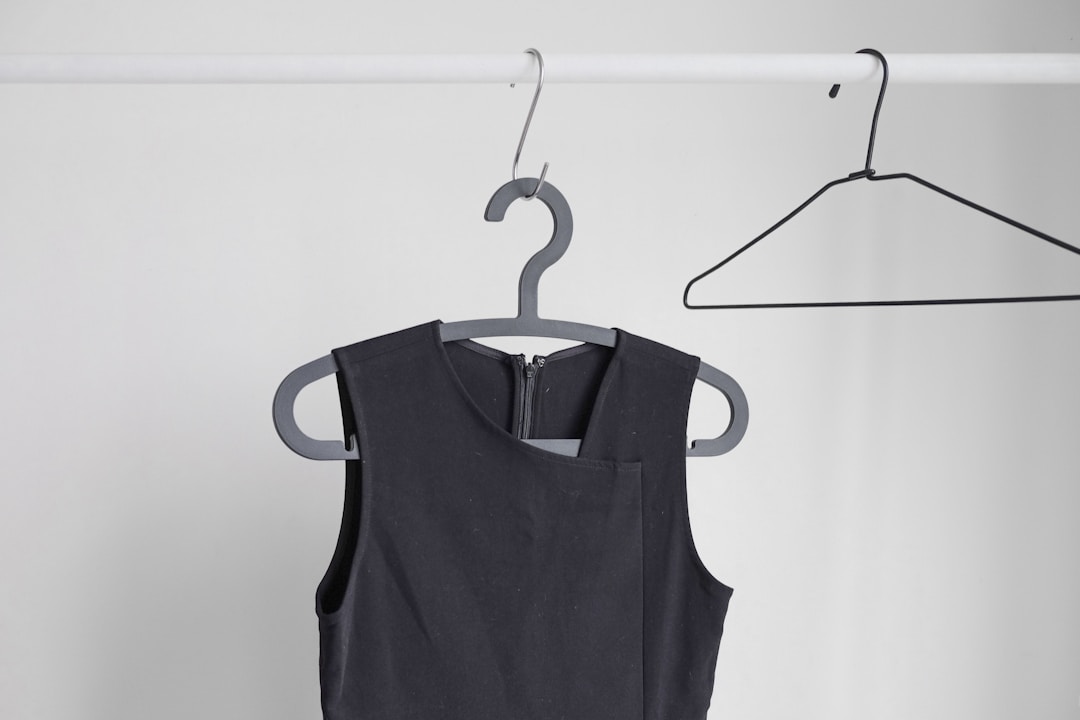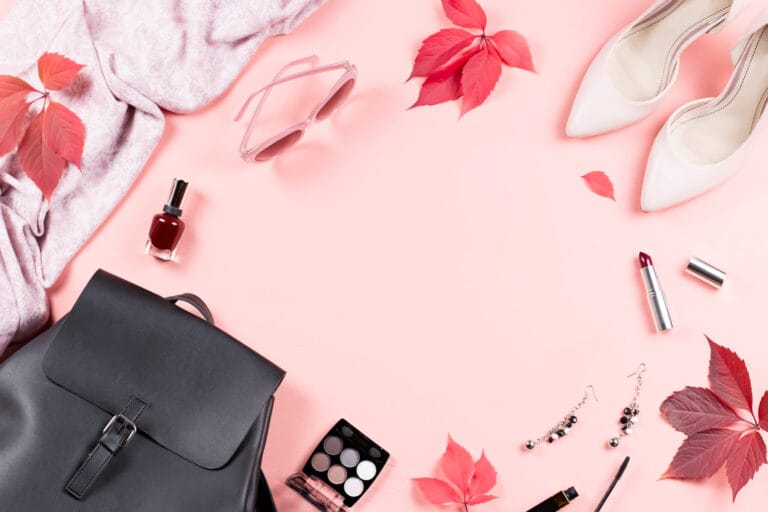Dresses have been a timeless and essential staple in women’s clothing worldwide. They come in various shapes, sizes, and styles, allowing them to be customized to fit anyone’s unique fashion sense. Keep reading to discover some of the different types of dresses, their features, and how you can style them for various occasions.
A-Line and Fit-and-Flare Dresses
A-Line and fit-and-flare dresses are classic and universally flattering options that have been popular for decades. Named for their distinct silhouettes, which resemble the shape of an uppercase “A,” A-Line dresses typically feature a fitted bodice, a gently flared skirt, and a cinched waist. This style is suitable for almost any body shape as it highlights the waist while creating an effortless, balanced look.
Fit-and-flare dresses share similar characteristics with A-Line dresses, such as a fitted bodice and flared skirt. However, fit-and-flare designs often have a more pronounced flare at the skirt, creating an even more dramatic effect. These dresses can be found in a variety of fabrics, colors, and patterns, making them versatile choices for both casual and formal events.
Step out of your robe and pair a printed fit-and-flare dress with a denim jacket and sneakers for a chic daytime look or elevate your garments with heels and statement jewelry for a night out.
Shift and Sheath Dresses

Another popular dress style is the shift dress, a simple and versatile design characterized by its straight, loose-fitting silhouette that falls from the shoulder to slightly above the knee. The shift dress is an excellent choice for women seeking a comfortable yet stylish option for work or casual settings. Its minimalist design allows for easy accessorizing; layer a blazer over a shift dress for a professional look or add colorful jewelry and strappy sandals for a relaxed weekend brunch.
Sheath dresses are closely related to shift dresses but with a more form-fitting silhouette. These dresses typically feature a straight-cut skirt, and they may include a waistband or soft pleats to define the waist. Sheath dresses are often crafted from more structured fabrics, which help them maintain their shape and provide support for a sleek, polished look.
Maxi and Midi Dresses
Maxi and midi dresses are perfect choices for those seeking a more dramatic, flowing look. Maxi dresses are long, floor-length dresses that come in a wide array of styles, such as halter-tops, off-the-shoulder, and strapless designs. These dresses are often made from lightweight fabrics like chiffon, silk, or jersey, making them comfortable and effortlessly chic choices for warm-weather events, beach vacations, or outdoor weddings.
Midi dresses, also known as tea-length dresses, fall between the knee and ankle and offer a flattering, contemporary twist on traditional dress lengths. The midi dress can be found in countless designs and fabrics, making it an incredibly versatile option suitable for nearly any occasion.
Wrap and Shirt Dresses

Finally, wrap and shirt dresses offer flattering and functional styles for both casual and formal settings. Wrap dresses, invented by designer Diane von Furstenberg in the 1970s, feature a unique design that wraps the fabric around the body and ties at the waist, creating a V-shaped neckline.
Shirt dresses, as the name suggests, are inspired by classic men’s button-down shirts. They feature a collar, cuffs, and a button-down front and are often designed to fall at or slightly above the knee. Shirt dresses can be worn with or without a belt to cinch the waist, and they work well with both flats and heels.
Overall, understanding the different types of dresses available can help you build a versatile and fashionable wardrobe. From classic A-Line and fit-and-flare dresses to contemporary maxi and midi styles, an abundance of options awaits. To find the perfect dress for any occasion, explore the unique designs, fabrics, and silhouettes of these various styles while keeping your personal fashion sense in mind.









